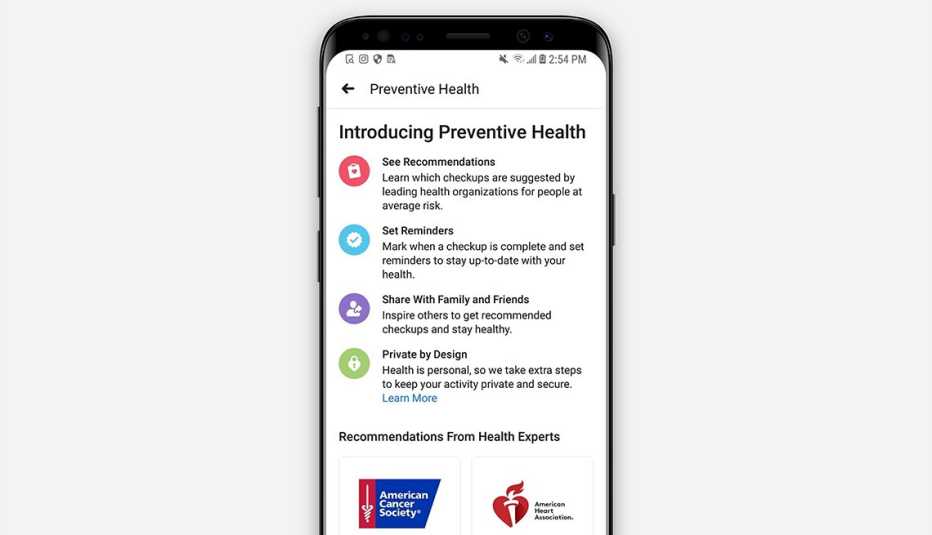AARP Hearing Center
Despite an explosion of technological advances and medical breakthroughs aimed at extending life, a new study shows the opposite is happening. And deaths among middle-aged Americans are driving the trend.
For the third year in a row, life expectancy in the U.S. has dropped — from 78.9 years in 2014 to 78.6 years in 2017, according to a report in the Journal of the American Medical Association. Between 2010 and 2017, the death rate among Americans ages 25 to 64 increased by 6 percent.
The opioid epidemic and drug abuse have contributed to the growing rate of midlife deaths, especially among people ages 55 to 64. This group had the largest relative increase in overdose deaths between 1999 and 2017, at 909.2 percent: That means that for every death by overdose in that age group in 1999, there were more than 10 in 2017.
Drugs are not solely to blame. Growth in U.S. life expectancy started to slow in the 1980s, more than a decade before the public was introduced to OxyContin, the drug that ignited the opioid epidemic, says physician Steven Woolf, lead author of the report.
"Something's been wrong for quite some time. It's just that now we're at a crisis point,” says Woolf, director emeritus at the Center on Society and Health at the Virginia Commonwealth University School of Medicine.
Suicide and liver disease related to alcohol consumption are other major contributors to midlife death. In adults 55 to 64, suicide rates increased by nearly 56 percent between 1999 and 2017. Deaths from diseases linked to obesity, which affects about 40 percent of U.S. adults, more than doubled in middle-aged Americans. And midlife mortality rates for conditions caused by high blood pressure, which affects one-third of the adult population, increased nearly 80 percent during the same period.
For expert tips to help feel your best, get AARP’s monthly Health newsletter.



































































